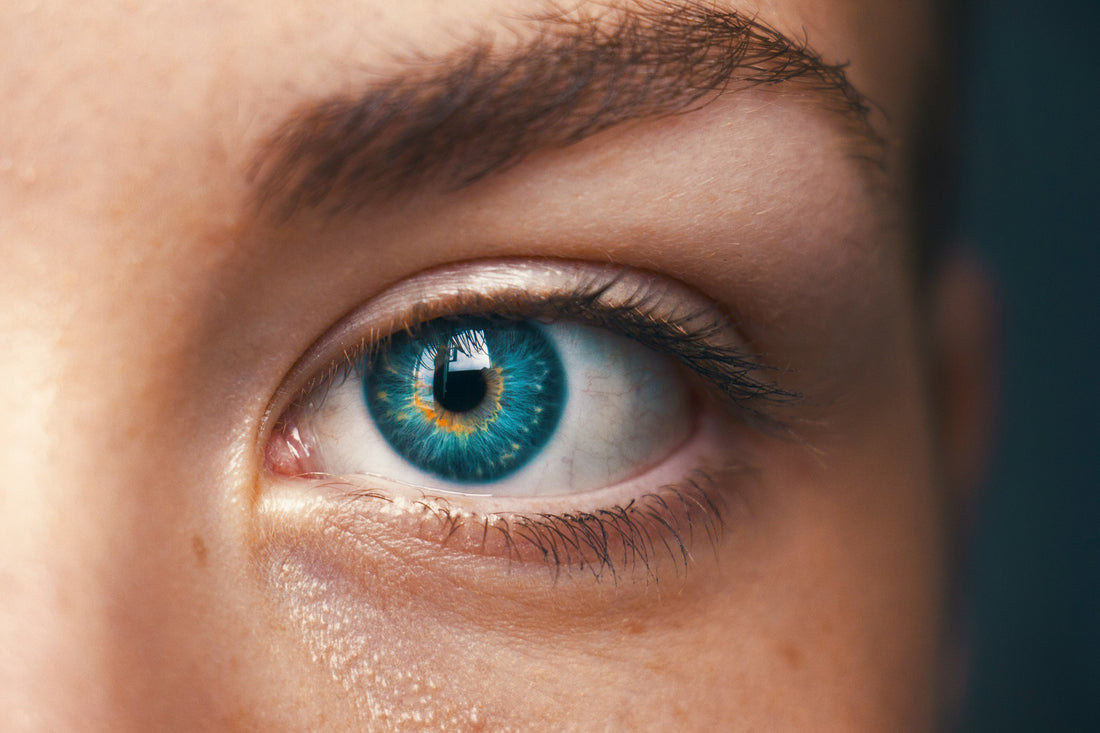
Artificial Intelligence and Jewelry: The End of Craftsmanship or the Dawn of a New Era?
Share
We are living through a moment of profound transformation. Artificial intelligence (AI) is reshaping the way we create, manufacture, and interact with the world—sometimes subtly, sometimes disruptively. In the jewelry industry, this evolution is already underway. Algorithms can now generate complex designs, predict customer preferences, and even automate parts of the manufacturing process. Faced with this rapid advancement, a question naturally arises: Is AI a threat to traditional craftsmanship, or could it be the catalyst for a new creative renaissance?
At Lisbon Gem Exchange, we work at the intersection of tradition and innovation. Our stones come from ancient earth, shaped by time and pressure, each one holding a story older than history. Yet we also look ahead—to the tools, trends, and technologies that might define the future of jewelry. AI is one of those tools. And like all tools, what it becomes depends on how we choose to use it.
When Photography "Threatened" Painting
To understand what’s at stake, it helps to look back. In the late 1800s, the arrival of photography sent shockwaves through the art world. For centuries, painting had been the primary medium for recording reality. Suddenly, a machine could do that job faster, cheaper, and with more precision. Many painters feared their art was becoming obsolete.
But instead of dying, painting transformed. Freed from the burden of perfect realism, artists began to explore new realms of expression—light, emotion, memory, abstraction. Movements like Impressionism, Cubism, and Expressionism flourished. The rise of photography didn’t end painting; it redefined its purpose.
We believe something similar is happening in the world of jewelry.
The Role of the Human Hand in an Automated World
It’s true that AI can already design beautiful jewelry. Using generative models, an algorithm can create thousands of unique ring designs in minutes, based on parameters like gemstone size, customer taste, or current market trends. Machines can cut and set stones with increasing precision. Even marketing and customer engagement can now be driven by AI.
But what these technologies still cannot replicate is intention. They cannot feel the weight of a stone in the hand. They cannot understand cultural nuance, personal stories, or the emotional meaning behind a gift passed from one generation to the next. They cannot create with purpose—only from pattern.
Craftsmanship is not just a skill set; it’s a philosophy. It’s a relationship between the maker and the material, the object and the wearer. AI may expand the possibilities of what we can produce, but it cannot replace the soul behind the creation.
A New Partnership: AI and the Artisan
Rather than resisting change, we believe the future of jewelry lies in embracing AI as a collaborator. Imagine a world where designers use AI to explore form and geometry beyond what was previously possible—but still rely on their intuition, taste, and expertise to guide the final result. Imagine gemstone traders using machine learning to understand trends, but still relying on human relationships, trust, and knowledge to close a deal.
In this hybrid model, technology does not erase the artisan—it empowers them. It takes away the repetitive and mechanical, giving space for the truly creative. It offers inspiration, not replacement.
Honoring the Past, Shaping the Future
At Lisbon Gem Exchange, we stand for a future where heritage and innovation are not at odds. We believe in the enduring value of natural gemstones, of human connection, and of ethical trade. But we also recognize that innovation, when guided by values, can enhance rather than diminish what we hold dear.
AI is not the enemy of craftsmanship. Fear is.
The question we must ask is not whether machines will take our place, but whether we are ready to redefine what it means to create in a world where machines exist. The next chapter of jewelry-making isn’t about choosing between past and future—it’s about weaving them together.
Let us know what you think.
Can artificial intelligence and traditional craftsmanship coexist?
What would you preserve, and what are you ready to transform?



